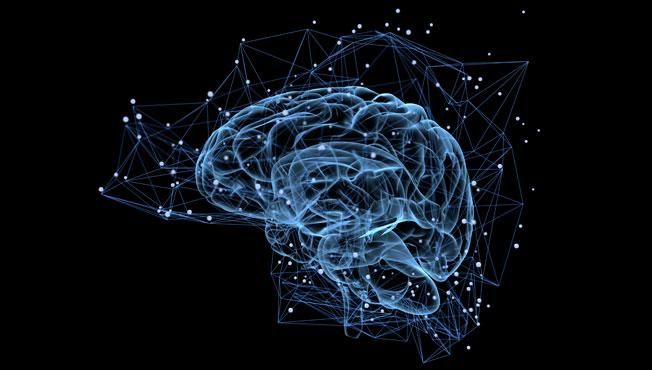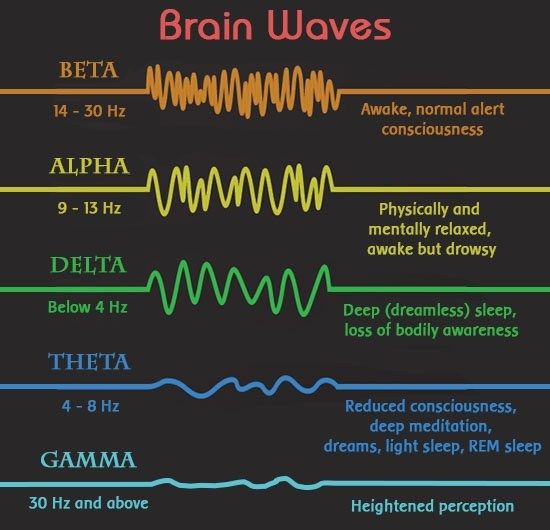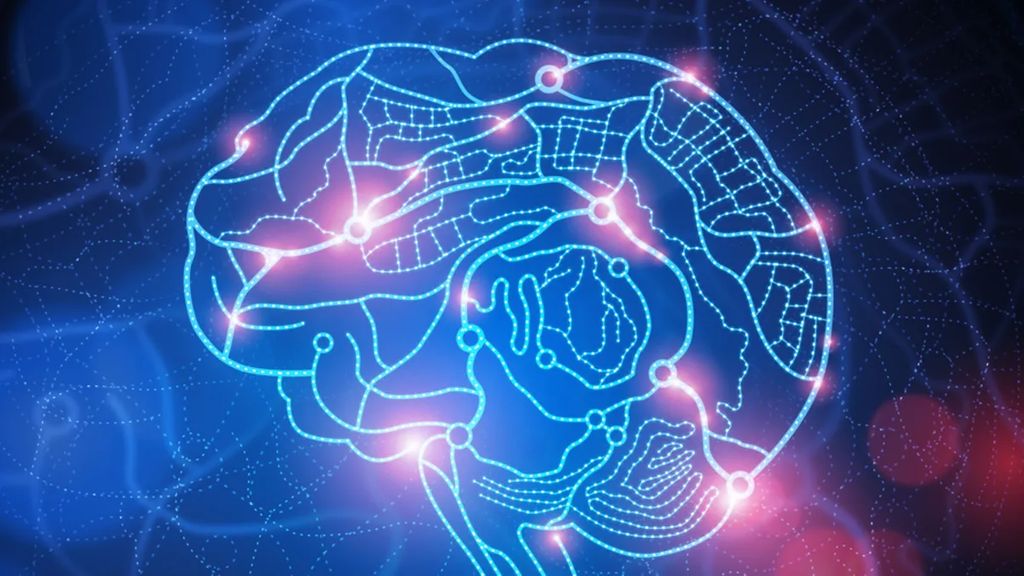Binaural Beat Therapy
Jan 10, 2019 • 28 views

The human brain is made up of brain cells called neurons, which communicate with each other through electrical brain waves. The pattern of brain waves changes depending on one’s level of consciousness and cognitive processing.
Brain activity is generally characterized by a combination of brain waves. Their balance is important. When one’s brainwaves are not balanced properly, that individual may experience both emotional and neuro-physical health concerns.
There are five different types of brain waves, ranging from low to high frequency:

• Delta brain waves are the slowest brain waves. They are generated in deep meditation and dreamless sleep. Healing and regeneration occur when the brain is in this state.
• Theta waves also occur in sleep and during relaxation. They are indicative of an inner focus, and dreams and vivid imagery occur in this state.
• Alpha waves occur during quiet, thoughtful times. Alpha waves indicate that the brain is in a resting state.
• Beta waves are the most common pattern in the normal waking state. They occur when one is alert and focused on problem solving.
• Gamma brain waves are the fastest and are associated with higher levels of consciousness.
Our brainwaves change according to what we’re doing and feeling. When slower brainwaves are dominant we can feel tired, slow, sluggish, or dreamy. The higher frequencies are dominant when we feel wired, or hyper-alert.
When our brainwaves are out of balance, there will be corresponding problems in our emotional or neuro-physical health. Research has identified brainwave patterns associated with all sorts of emotional and neurological conditions.

Over-arousal in certain brain areas is linked with anxiety disorders, sleep problems, nightmares, hyper-vigilance, impulsive behaviour, anger/aggression, agitated depression, chronic nerve pain and spasticity. Under-arousal in certain brain areas leads to some types of depression, attention deficit, chronic pain and insomnia.
A combination of under-arousal and over-arousal is seen in cases of anxiety, depression and ADHD.
This imbalance can be modified by the use of brainwave entertainment.
The brainwave entrainment is the use of certain tools or technologies (like binaural beats, or meditation machines) to alter brain waves, for the primary purpose of changing the way you feel.

Potential benefits include:
• reduced stress
• reduced anxiety
• increased focus
• increased concentration
• increased motivation
• increased confidence
• deeper meditation
• improved psychomotor performance and mood
Binaural beats can shape your brain activity to boost your concentration, enhance your creativity, and improve your mood. Listening to binaural beats is a free, safe, and increasingly popular way to help maintain good mental health.

The effectiveness of listening to binaural beats is dependent on the listener. Some people will find listening to binaural beats helpful for the symptoms they are experiencing, while others might find them irritating or ineffective.
